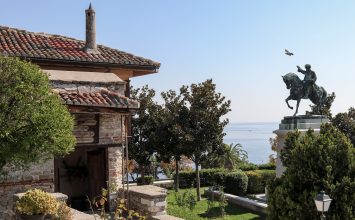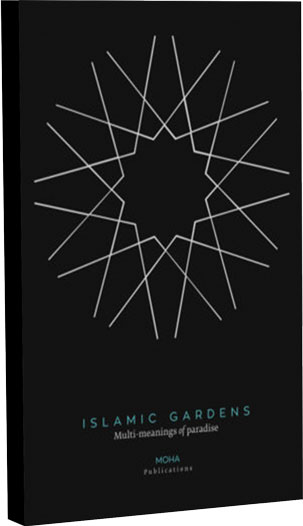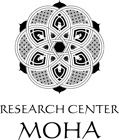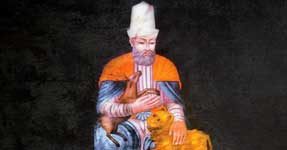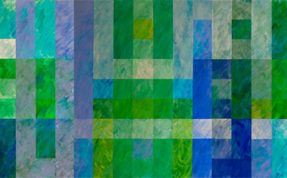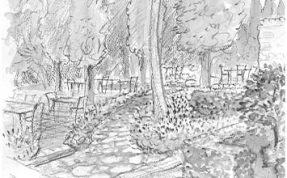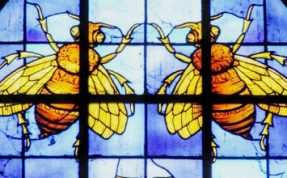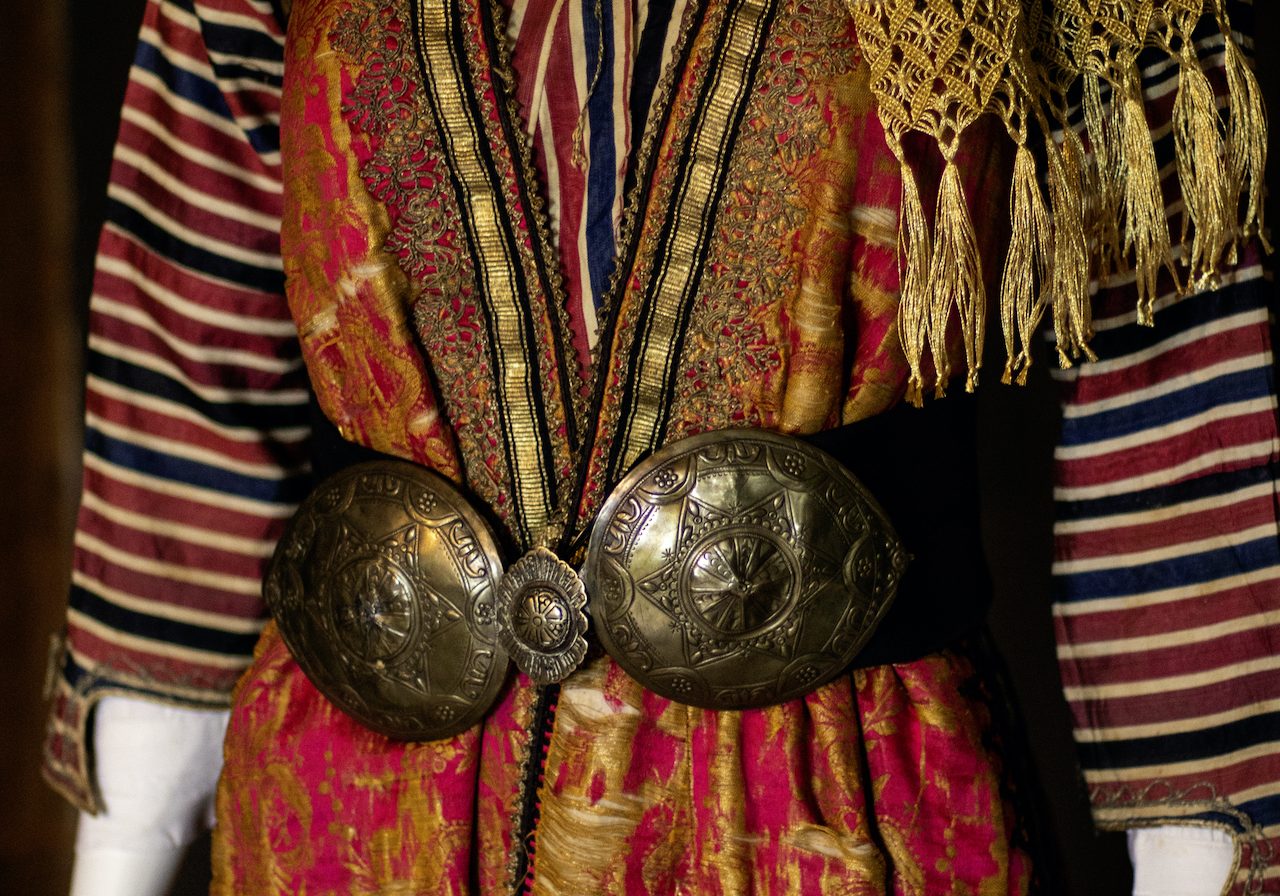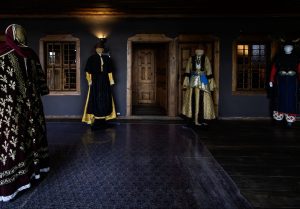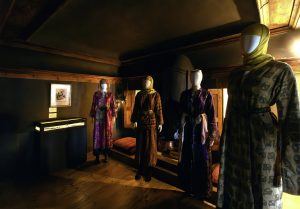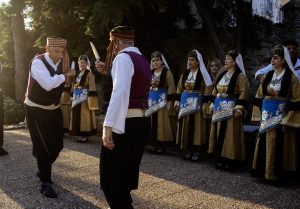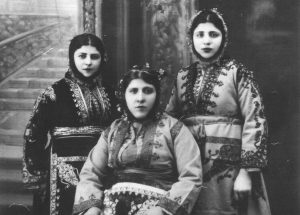About the exhibition
One only word can describe, even after 100 years, the drama of the Great Exodus of 1924: separation – ayrilik. Separation from the ancestral land, the home and belongings, the neighbours and beloved ones, separation from the mountains and rivers of the land you knew, from the ruins and churches, separation from the myths and dreams that nurtured you for centuries. The explicit decision brought the uprooting of Christians from Anatolia – Cappadocia, and of Muslims from Greece.
A century later, the painful separation came to mind again in the exhibition at the Mohammed Ali’s Museum, on display from May 30 to June 30, 2024. The “Kaplani” collection of the Nazianzos Center for Cappadocian Studies, with original costumes of the 18th, 19th and early 20th centuries, highlighted the various world of the East. The exhibition led to a journey to the Ottoman Cappadocia just before the exchange of populations, to a wedding invitation, a final meeting of the inhabitants – Orthodox and Catholic Christians, Muslims, Jews, Armenians, Syrians, as well as a few government officials and diplomats from European countries or the East, who brought fashion from the urban centers. The exhibition tried to reunite those who left with those who stayed.
The Cappadocian costume, sign of identity, race, origin and class, characterized, united and at the same time diversified the religious groups. The season, the prosperity or poverty, the joy or mourning can be recognised from the costume, and further the timeless dialogue of cultures, the impact of the international trade, the early industrial development and the influence of machines on patterns and threads. Guided by the weave, colors and patterns of the dresses, we search for the identities and cultural background of their owners.
The action was implemented with the cooperation of the MOHA Research Center, the Center for Cappadocian Studies of Nea Karvali and the Necmettin Erbakan University of Konya, Turkey.
